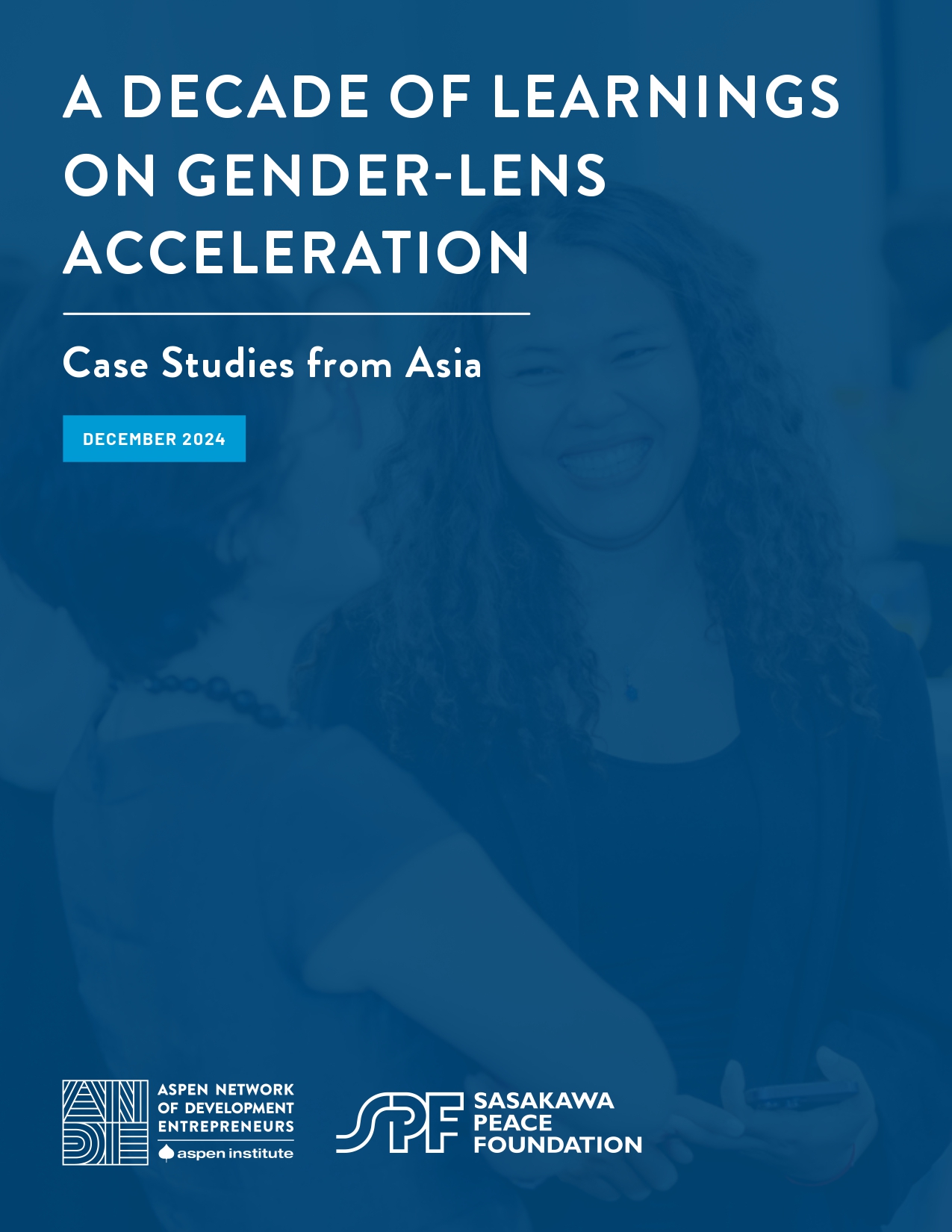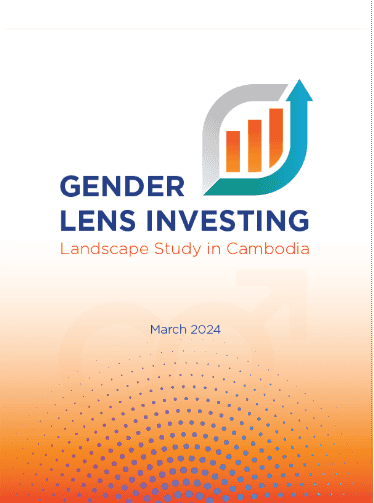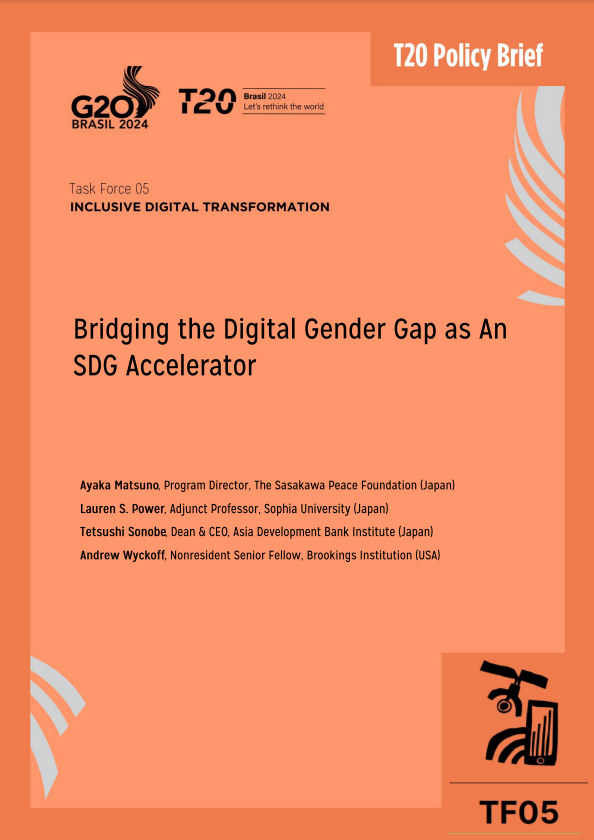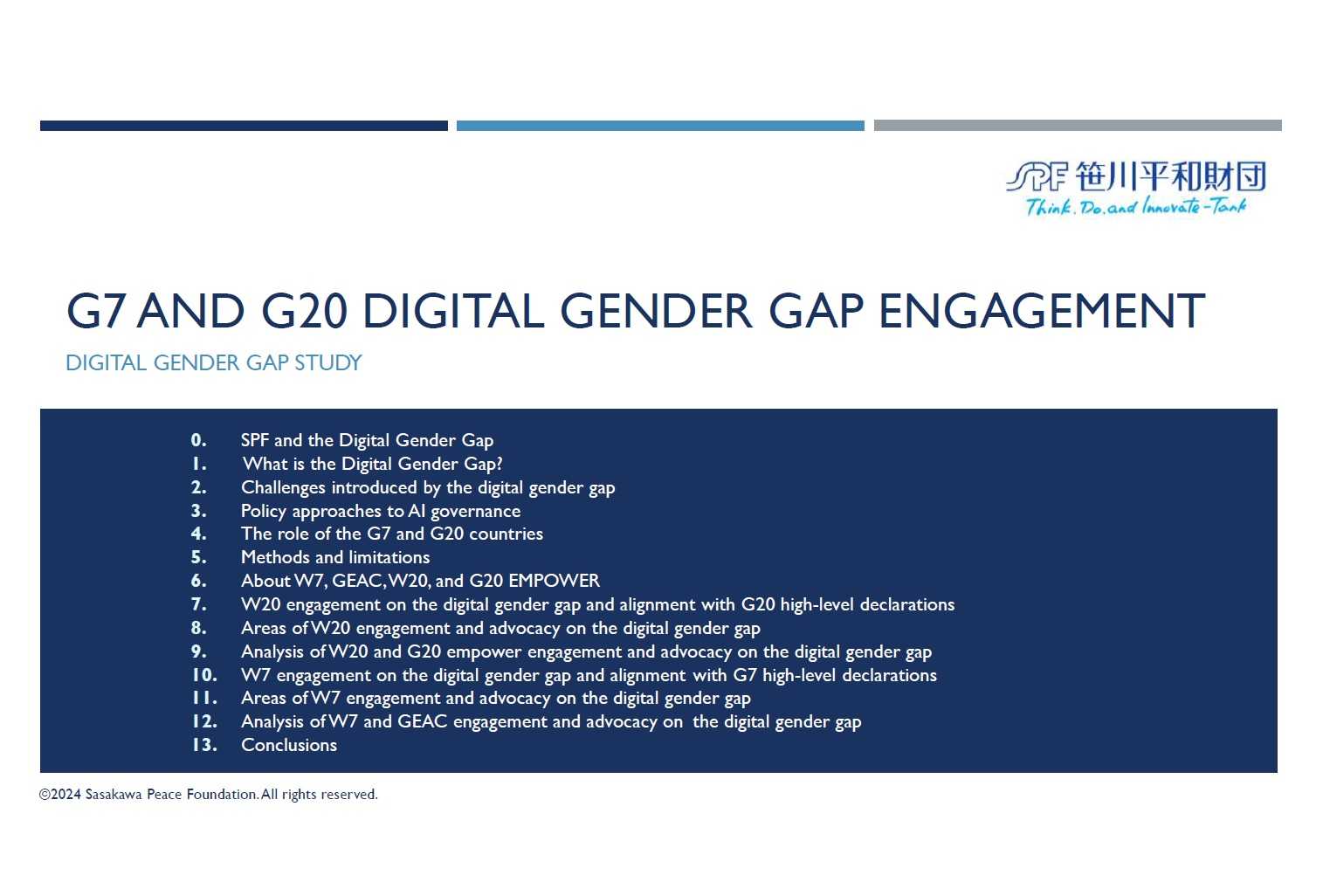Numerous efforts are currently being made in different sectors to build a more prosperous society for all in response to rapid changes in politics, society, environment, and economy. We believe these efforts must be accompanied by an enduring commitment to sustainability and inclusivity, such that the benefits of development can be maximized for all members of society.
One core area of focus is driving resources and engagement towards creating social impact by catalyzing social innovation on the ground. We support social enterprises, many of which are run by female entrepreneurs and its movement in South East Asia to promote diversity discourse while they are building their respective social enterprises; we have so far embarked on projects to do so in Cambodia, Indonesia and the Philippines. In order strengthen capacity of social entrepreneurs as well as those who support them, we need to foster ecosystems and connect people, ideas and actions to create social impact.
We also work closely with philanthropic organizations to optimize the deployment of charitable funding, leveraging our expertise and regional networks to conduct research and develop connections between key actors, leading to the establishment of highly effective partnerships and initiatives.



